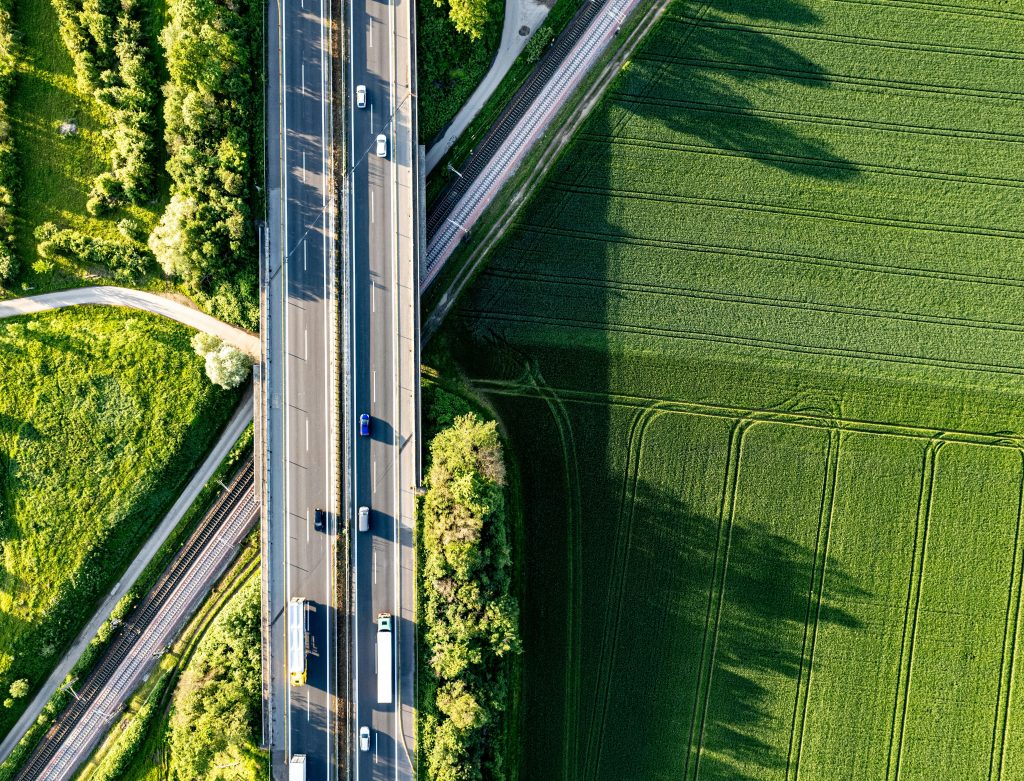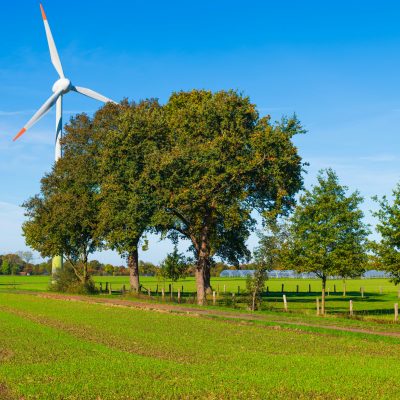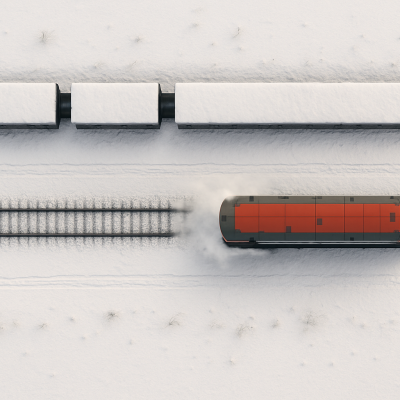Rural Development in EU policy; a retrospective

The agricultural, demographic and industrial revolutions deeply changed the face of Europe over the 18th and 19th centuries, with major consequences for the continent’s countryside. Indeed agriculture is above all an economic activity, but it has also shaped landscapes and given structure to societies for centuries. Urbanisation was a major phenomenon of 20th century in Western Europe, as a result of increased agricultural productivity and new jobs in the secondary and tertiary sectors. In 1915, less than 15% of the population was urban; this had become 63.8% in 1950 and 76.1% by 2005 [UN figures]. Rural regions have gradually stagnated, becoming areas of lower prosperity and even poverty, of de-population, and sometimes with major weaknesses in their natural assets. During the 1970s major new problems became rapidly more serious, demanding choices and collective responses to determine the future of these regions.
The history of European action in support of rural areas is one of slow, intermittent construction. Originally a part of cohesion policy, rural development policy today represents the 2nd pillar of the common agricultural policy (CAP) and since 2007 it has benefited from a special fund, the EAFRD. Designed to be adaptable to the full range of rural situations, this pillar brings together diverse measures, including farmers’ settlement aid, environmental protection and the development of rural tourism. This policy brief will review the steps by which the European rural development policy was created, and assess how firmly it is anchored among EU policies.




